Making Shapes
Cambridge, MA. February 1997.
BC calculus is in full swing and Valentines Day is fast approaching. At age 18, I was not any better at gifts and cards than I am now. But what I was good at, and still am, is turning a shape into an equation. So, as a grand gesture of affection for one lucky lass, I wrote a limerick and printed it alongside a rendering of a three dimensional red and purple heart in the style of Wolfenstein 3D. True Love.
Discovering that I could use a computer to actualize abstract math was a huge revelation for me. To this day, I do this a lot. See for instance the top of this stool:
Bringing a CNC machine—that can carve computer instructions— into my shop last year really opened up my practice to do things like this.
The Math-Art Interface
This stool was the seed that started a conversation with Emily Weiner, a painter whose work deals a lot with symbols, Jungian psychology and the unseen. She wanted to talk about using this kind of rippling effect to create a series panels (for paintings) to convey the underlying structure of space and time.
We had countless conversations about the fabric of the universe, gravitational waves, quantum foam, black holes and the distortion of space-time. YES! Folding these ideas from physics and math into her work and the psychological landscape has been a really fascinating project.
The goal was to solidify some of these ideas into scientific principles, conceptual abstractions and eventually physical artifacts that would become the base for some upcoming paintings. We made 4 at first. They went very well and this week I finished up the third batch.
After 3 rounds of 3-4 panels each, we’ve learned a lot about what works and what doesn’t from technical and aesthetic perspectives. It’s hard to know in advance what happens when a surface like this is painted. Suddenly the direction the light is hitting the surface makes a huge difference. The frames take on a life of their own when viewed from the side and it’s generally a new approach to painting.
Making More Shapes
The very first panel we talked about was a 3D version of this shell/spiral shape that shows up in several of Emily’s paintings.
After a little time diddling around with pencil and paper I came up with this equation, which
wraps a circular ripple pattern around a spiral.
Which looks like this:
It’s crazy to me that you can capture such a subtle and beautiful shape in such a succinct equation. Maybe it’s easier than I think it is, but being able to translate a shape into an equation might be my superpower.
But the design of the surface doesn’t stop at the equation. A lot of work goes into fitting it appropriately to the panel size and tweaking parameters to get the shape just the way we want. This is something we’ve learned to do together to great effect.
Frames
We talked more about the idea that the panels are a little window that shows the true nature of the universe that’s hiding all around.

To capture this idea a little more precisely, Emily wanted to use a method from some of her previous work where the painting’s frame takes a 3D shape. But in this case, the shape would be an extension of the shape of the panel.
This is an amazing sculptural technique that highlights the shape of the panel by cutting it with a very precise gap before the frame. The frames are eastern black walnut that I harvested from a local property, milled and cured over the last year or so. I’m combining a lot of traditional woodworking techniques withe the CNC to get the idea of a frame subjected to the same rippling distortion as the rest of the panel.
Fabrication
Making the frames is slow and precise work. Sometimes meditative, sometimes tedious, it’s the application of a woodworking skill set that I’m confident with. The corners are perfectly mitered with low-contrast spline joints for strength and as a reference to traditional techniques, but without drawing attention away from the painting.
Once the frames are constructed, they’re carved on the CNC at the same time as the panel to create a perfect illusion of continuity between them. After some missteps, I’ve learned to create the gap after the carve by cutting away the outer 1/4” of the panel.
Even the backs of the frames contain a lot of engineering and infrastructure. Because the panels are heavy, they need to be held tightly in place. But Emily needs to be able to take them in and out with screws so she can paint and reattach them after shipping. There’s a cleat hanging system embedded in the depth of the frame to make life easy for gallerist and collector alike.
At the end of the day, I’m making the panels for Emily to paint on. And paint on them she does! I’ll let her work speak speak for itself.
Thanks for reading The Increment. I’ll be back in two weeks with a road-show post from Anderson Ranch in Colorado.
Share this! Someone you love needs to see it.





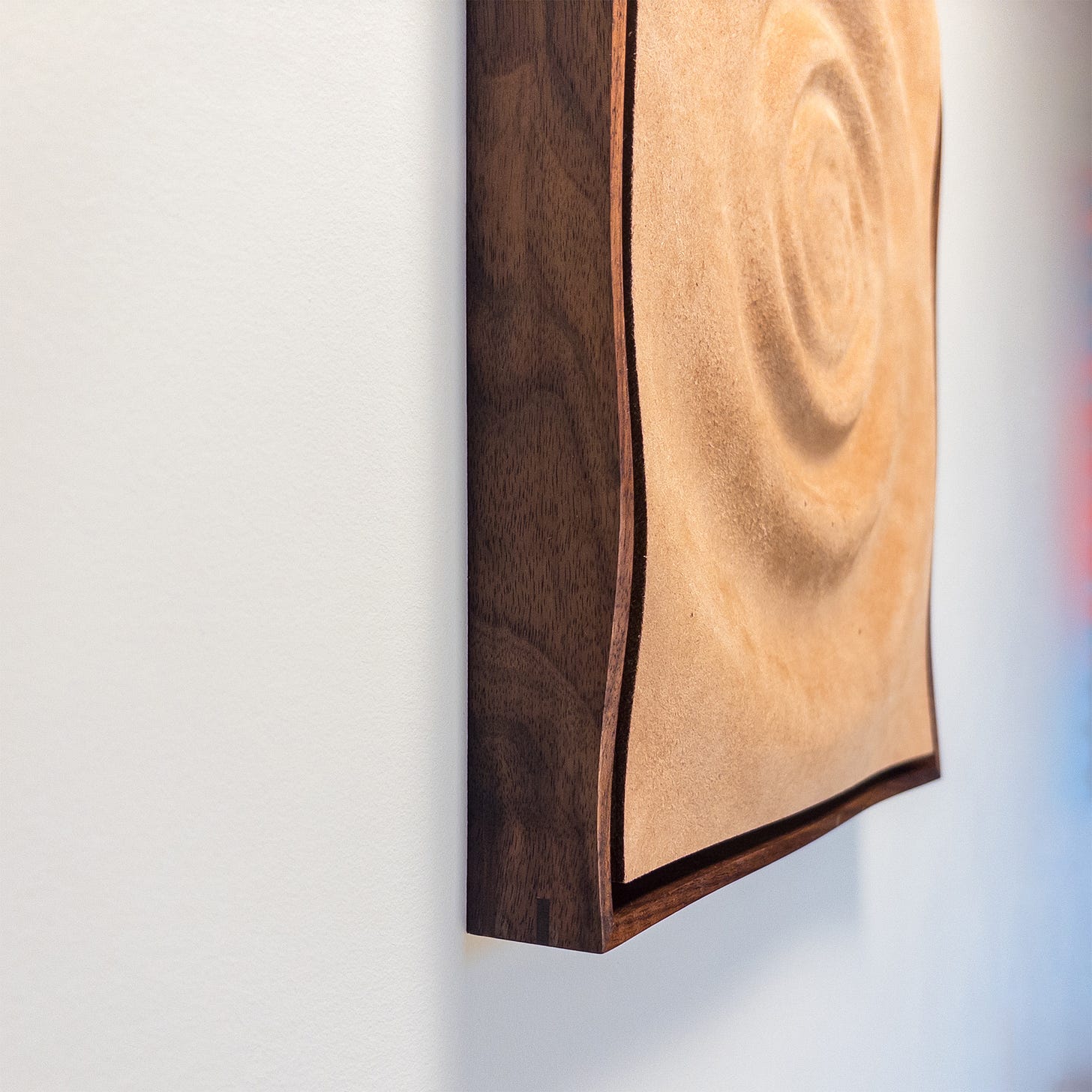


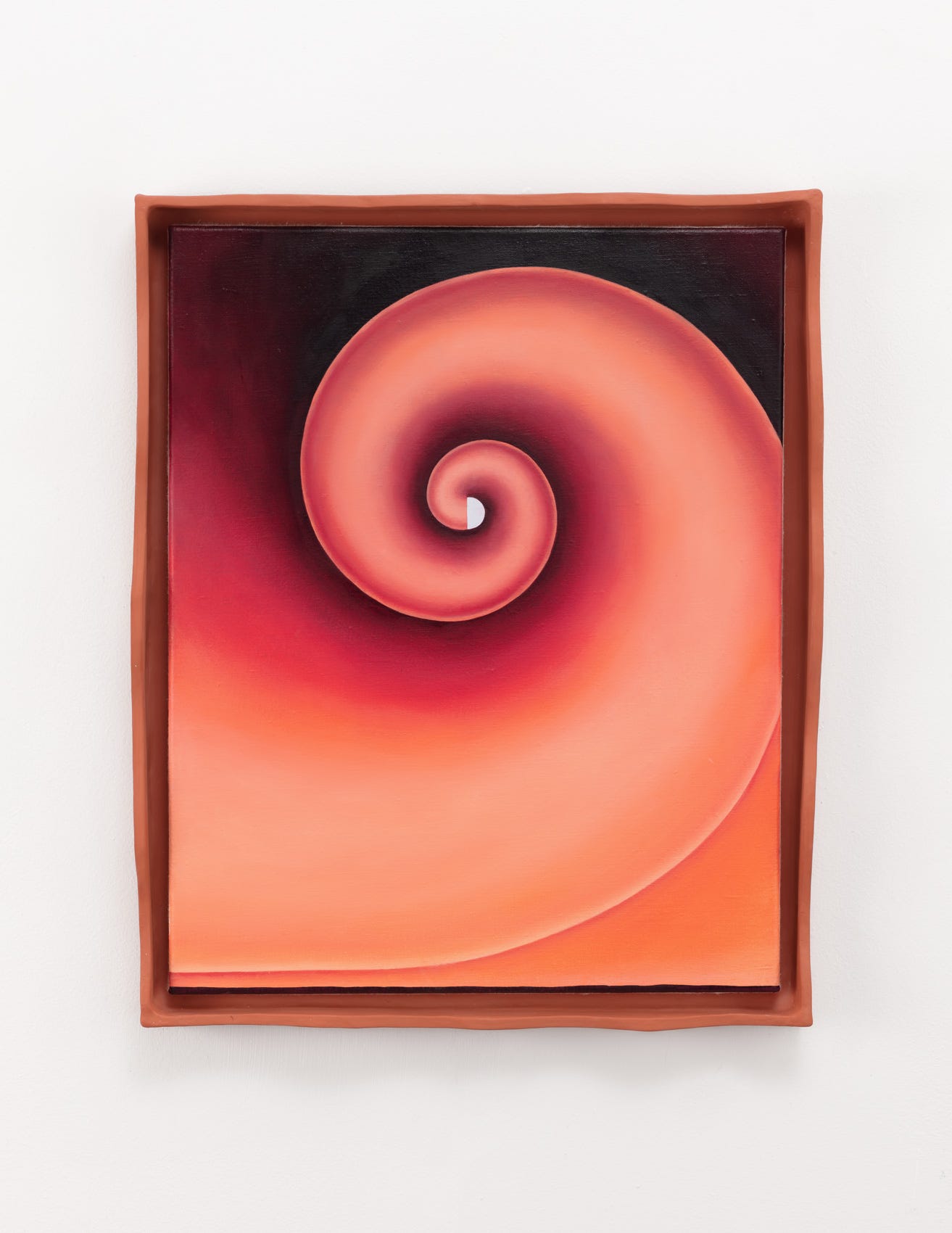

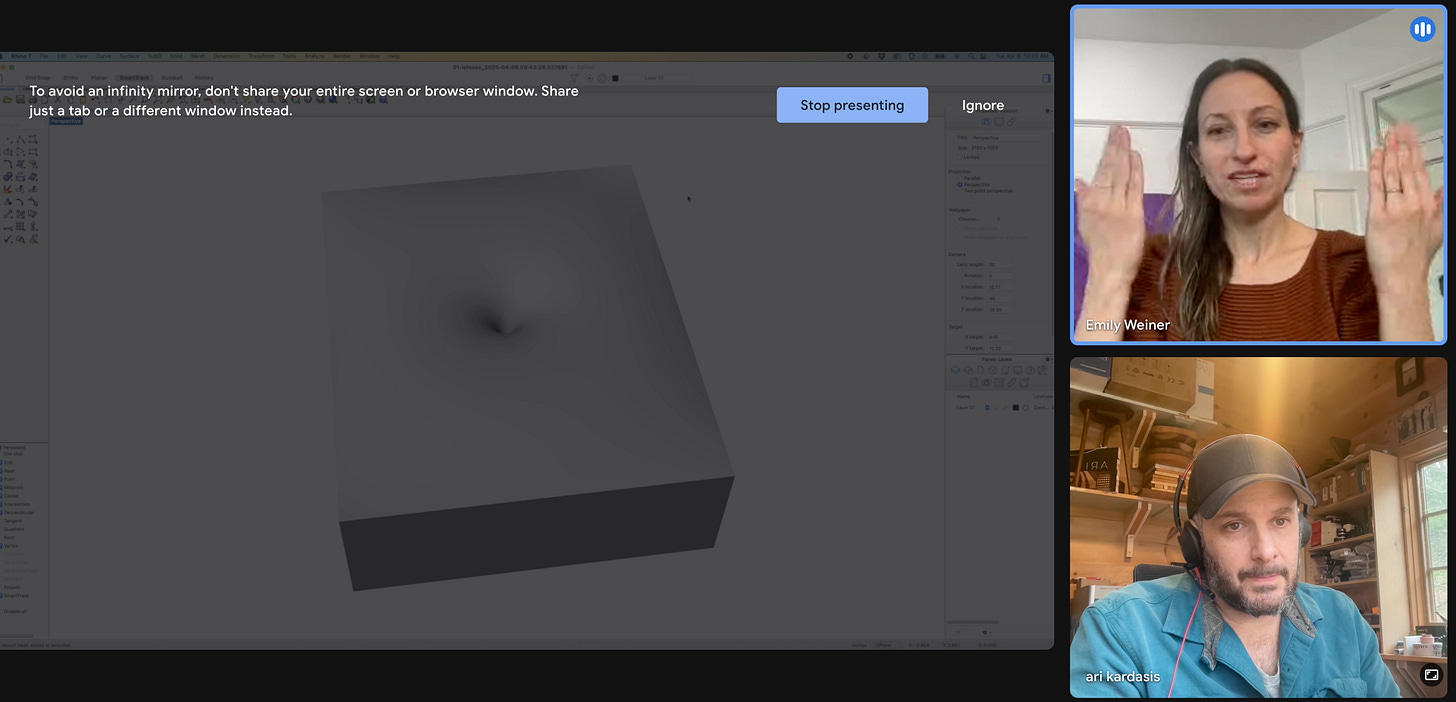
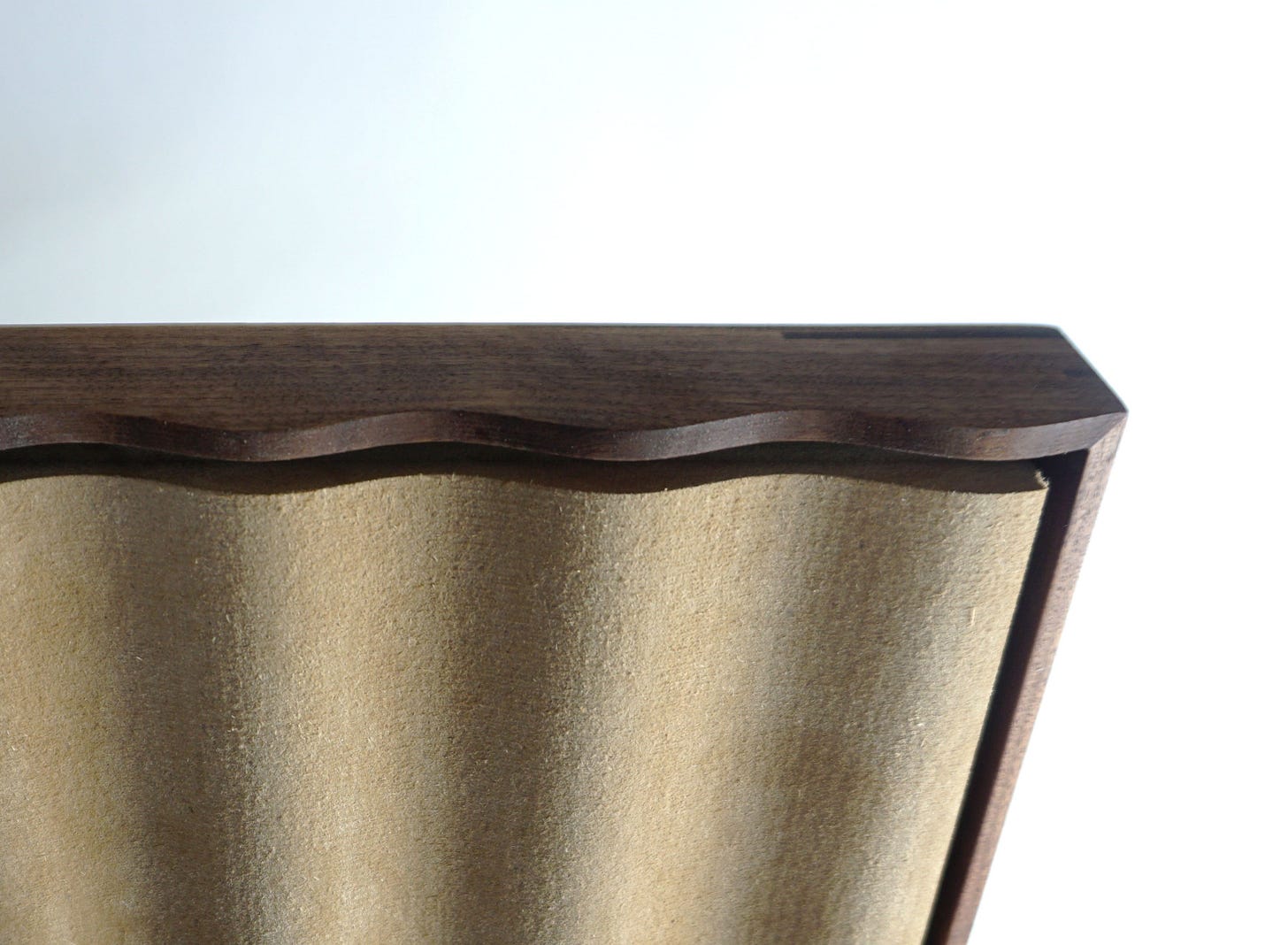


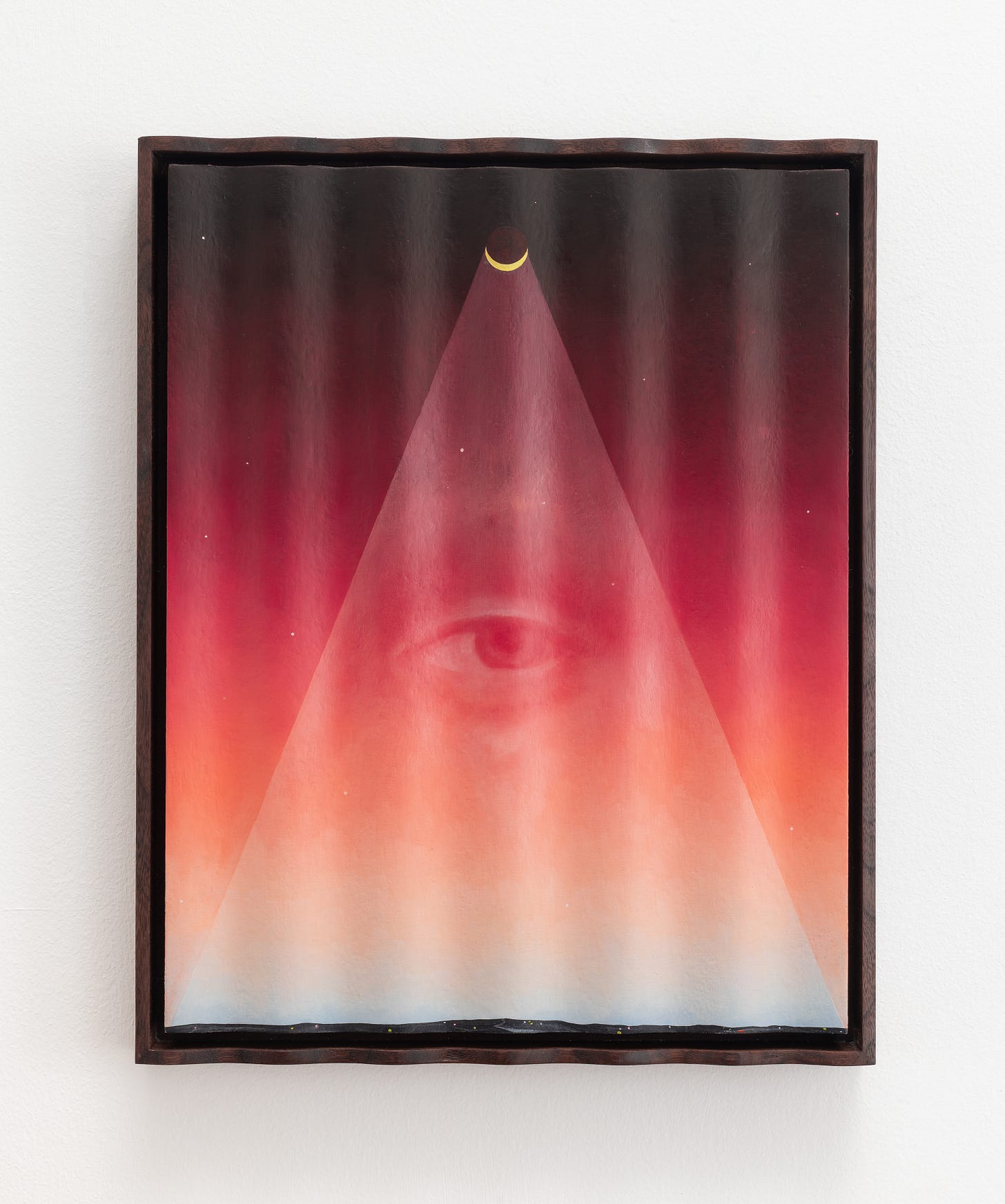
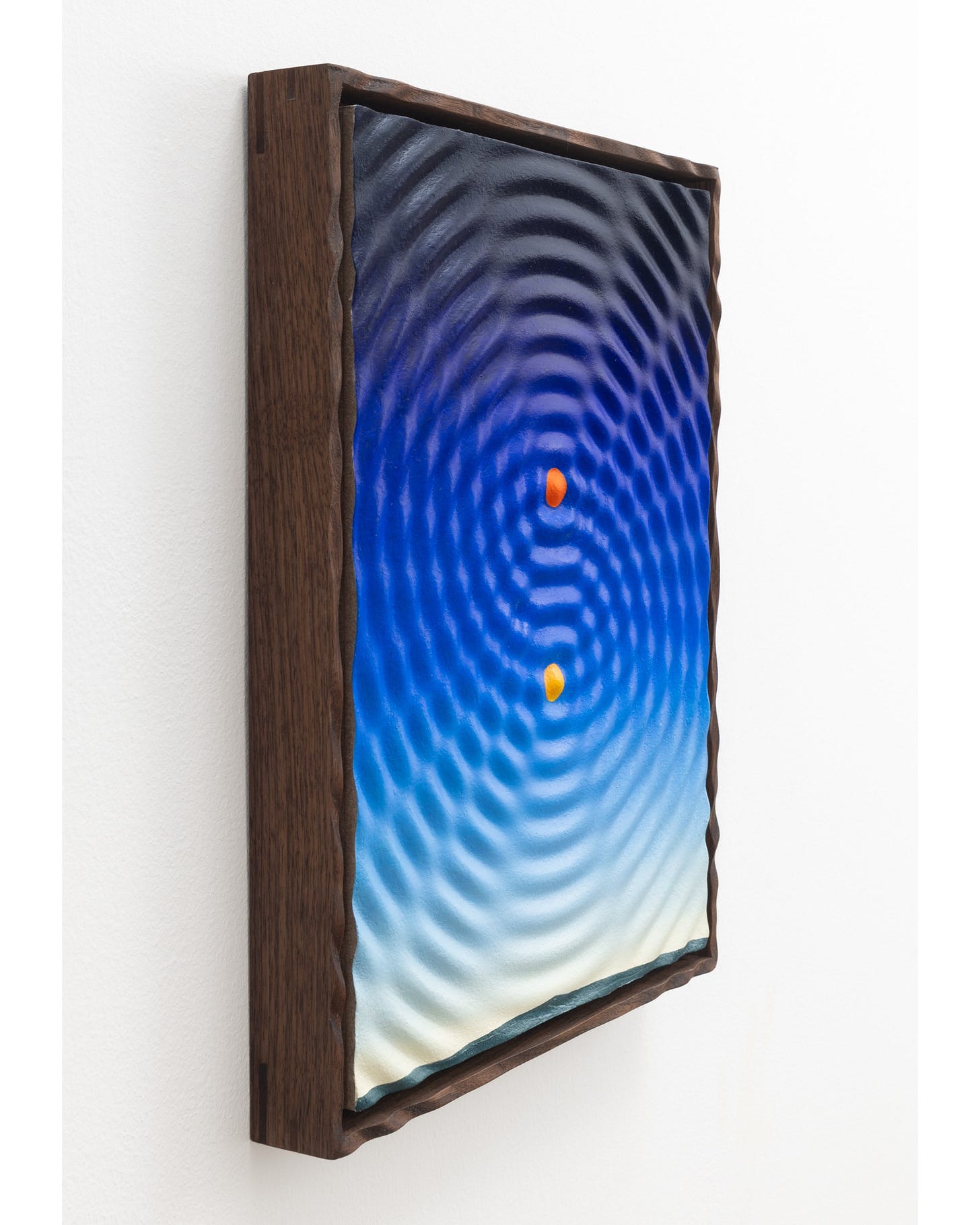
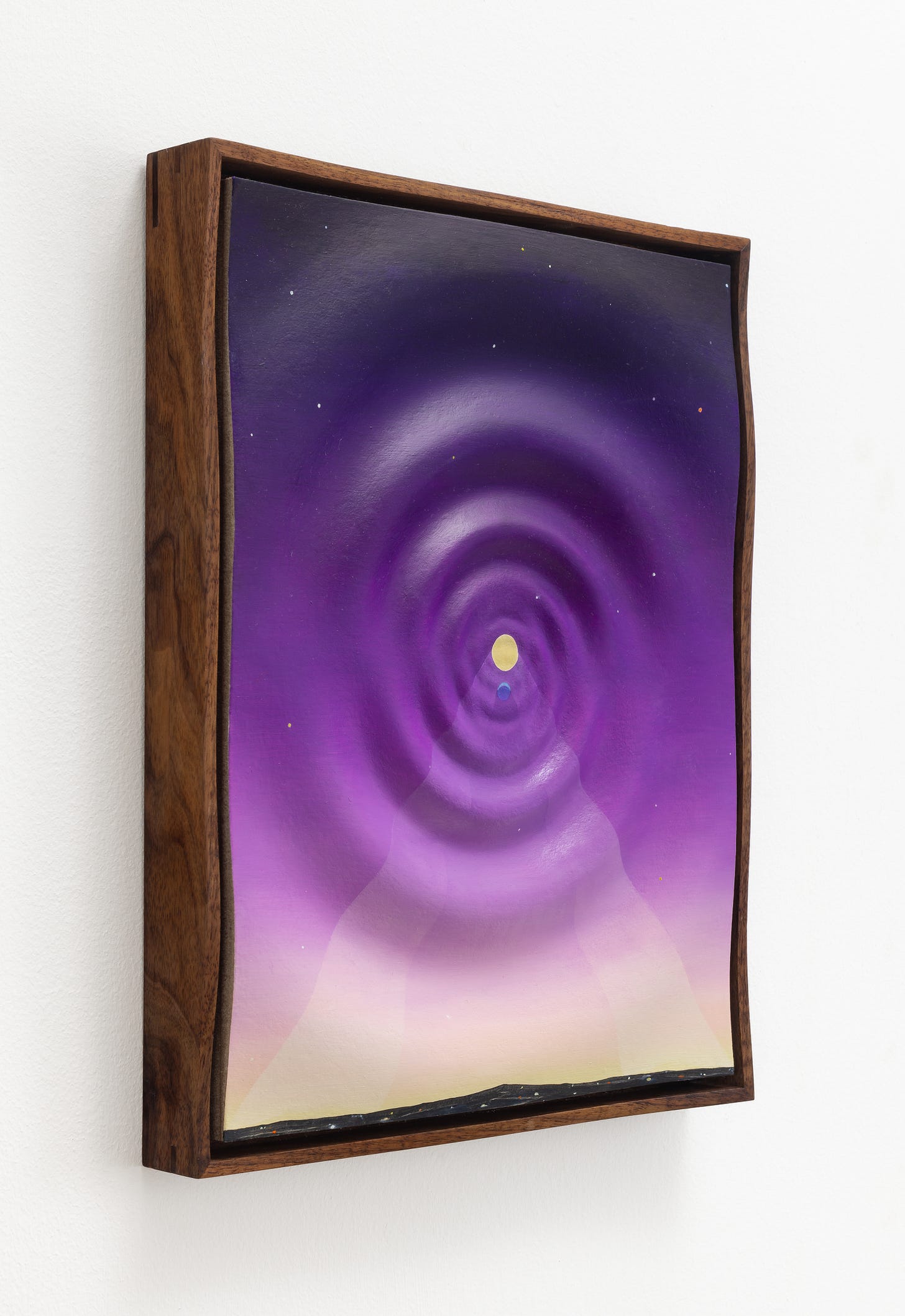
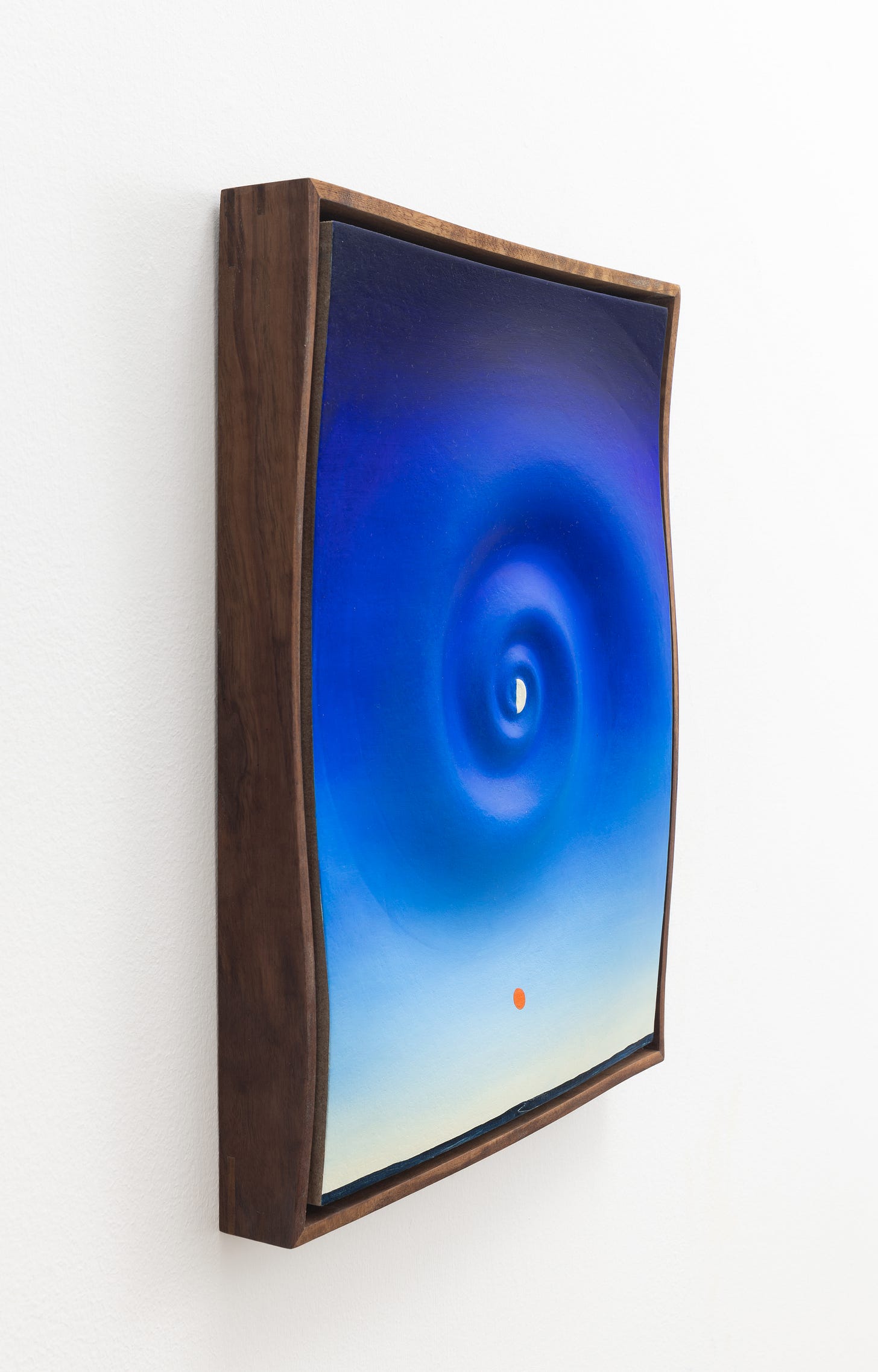
What’s up in Colorado? I live in SE Co now… wish my path were more exciting and less painful, but your work takes my breath away and that ain’t nothing for me.
The artwork is incredible!
I hope you're being credited properly as those pieces contain a lot more than painting as artwork!
P. S. Substack has latex for formulas